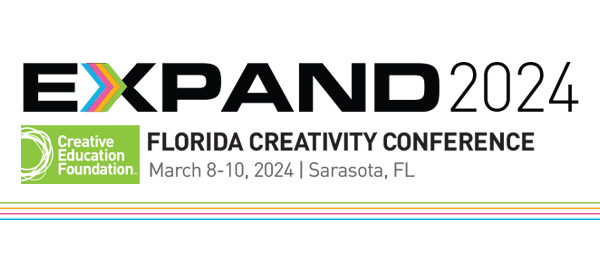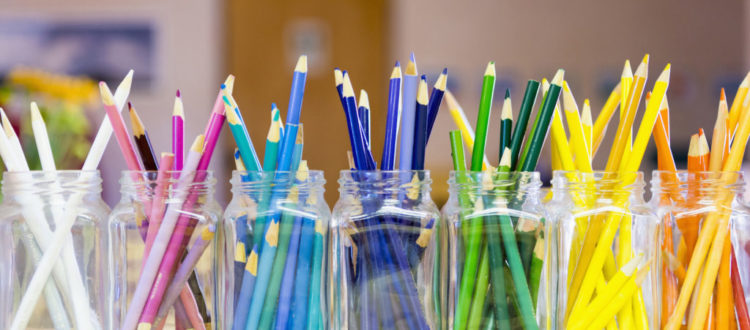When you want to create, learn how to draw by Jacobina Trump
In addition to the animal senses, nature has allowed mankind to evolve a very special, an immensely powerful “Seventh Sense”: the human imagination. The imagination is a special gift because it has allowed us to peer beyond the veil and see startling new worlds never before seen. Yet, it seems that today there are not enough people who are using their imagination to create a better world for themselves.
We are able to step over these limitations by nurturing our visual capacity which is housed in the right side of the brain. Simply learning to draw will get you there. Everybody has this faculty but because of stigma and trauma many people do not dare to use that part of the brain. To apply this skill in daily life, you need adequate guidance.
Too often, companies and individuals assume that creativity and innovation are the domain of the “creative types.” But as a visual artist, it was through meticulously copying the world around me that I realized that the simple act of drawing automatically creates a bridge to the imagination. It is not intellectually or fully understood, but it works. For everybody.
I have identified the principles and strategies that will allow us to tap into our creative potential to allow us to innovate in terms of how we approach and solve personal and professional problems. The goal is not to become an artist. It is not about self-expression or being as original as possible. Learning to draw is about identifying negative space as an abstract shape to become accurate in your observation. The imagination creates the vision leaders needed to move forward into the unknown future.
Learning to draw allows us to form a picture of the future in our mind, to perceive the beauty of nature’s creativity. It has allowed mankind to create and progress, over the ages. It has allowed mankind to invent technology that made it possible to discover other worlds that no one ever knew existed. The telescopic world of astronomy allowed Mankind to observe far off stars and galaxies and the microscopic worlds of germs and molecules.
No other animal has this creative imaginative power – it is strictly our special human sense. Its sensors are the billions of pathways located in the matter of the cortex of our enlarged brain. Humans create things that nature cannot.
Note: Jacobina Trump is developing an online school where anyone can learn to unlock their creative potential through drawing. Contact her here:

